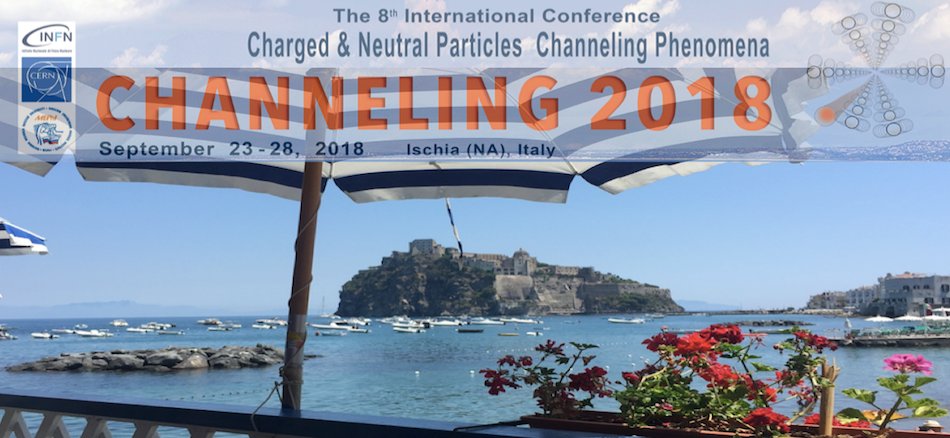Speaker
Dr
Alexander Aryshev
(KEK)
Description
Advanced types of particle accelerator systems that could achieve multi-THz repetition rate of accelerated beams [1 and Refs therein] are of utmost importance to reduce the size and cost of future high brilliance radiation sources as well as to provide a widespread availability of a compact accelerator technology to applied labs around the world. Repetitions of the order of a few hundreds of MHz have been achieved by conventional RF guns and are limited by the availability of commercial laser systems in use. The novel laser pulse splitting technique [2] applied to commercially available near-infrared sub-terawatt femtosecond laser technology (Ti:Sa laser) can achieve folded GHz-THz repetition rates. However, it has an inadmissible technical limitation of kHz maximum pulse-sequence repetition. That is why the application of the same pulse splitting technique to a novel fiber-based laser system can potentially deliver MHz-GHz-THz sequence of femtosecond pulses which repeats every machine cycle (typically Hz rate) to RF gun photocathode and generates low emittance electron beam of the same time structure. It is important to emphasize that in the proposed approach THz bunches are accelerated on the same RF cycle, GHz sequences on neighboring RF buckets and MHz repeats are occupying every few thousands RF buckets. All frequencies are the phase-locked harmonics of the lowest frequency. Moreover, THz sequence can be remotely fine-tuned to provide so-called ``multi-color'' generation of coherent radiation spectra. In the specific case, it is possible to achieve self-similar bunch frequency patterns which in more general case can be named as a ``fractal beam'' [3]. Application of such beam condition for generation of coherent radiation opens a wide possibility for development of THz radiation generation mechanisms with the predetermined spectral characteristics.
Primary author
Dr
Alexander Aryshev
(KEK)
Co-authors
Dr
Alexey Tishchenko
(National Research Nuclear University "MEPhI")
Ms
Darya Sergeeva
(National Research Nuclear University "MEPhI")
Prof.
Junji Urakawa
(kek)
Dr
Leonid Sukhikh
(Tomsk Polytechnic University)
Mr
Mikhail Shevelev
(Tomsk Polytechnic University)
Prof.
Nobuhiro Terunuma
(KEK)

